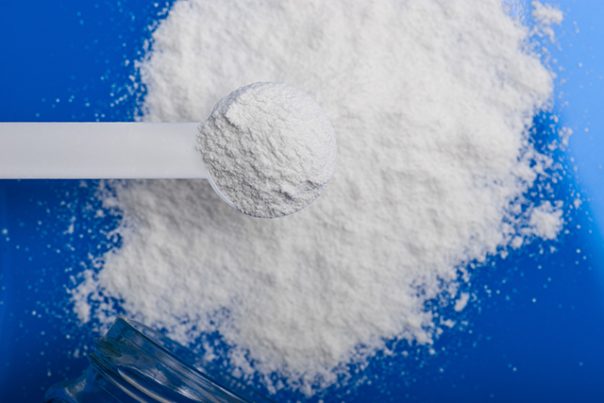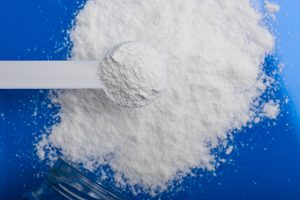
Ammonium carbonate sources, health risks
Thursday, October 05, 2017 by Frances Bloomfield
http://www.naturalpedia.com/ammonium-carbonate-sources-health-risks.html

Ammonium carbonate is an inorganic crystalline powder made up of ammonium bicarbonate and ammonium carbamate. This white or colorless powder has a multitude of applications, though the most famous of these are as a leavening agent and as a component of smelling salts.
Food-grade ammonium carbonate, also known as baker’s ammonia or hatshorn, is widely used as a leavening agent in the breads and cookies of northern Europe and Scandinavia. Unlike baking powder which has been known to give food an unusual aftertaste, ammonium carbonate doesn’t, though it can give off an ammonia-like smell while baking. Apart from this, ammonium carbonate is also utilized as the main component of smelling salts, which are respiratory irritants most often used by sports players as a means to enhance their playing skills.
Despite its many useful applications, ammonium carbonate has been classified as a hazardous substance by the Environmental Protection Agency (EPA) and the Department of Transportation (DOT).

Harmful effects that can be caused by ammonium carbonate
When inhaled, ammonium carbonate can bring about shortness of breath and/or coughing by irritating the lungs, nose, and throat. Chemical bronchitis, or the swelling of the air passages, may occur in the most severe cases. Individuals who have preexisting lung disease are cautioned against using this substance due to increased susceptibility to its detrimental health effects.
Accidental ingestion of ammonium carbonate can cause gastric irritation with symptoms that include nausea and abdominal pain; using medicines that contain ammonium carbonate may result in diarrhea, headache, and vomiting.
Irritation, pain, itching, and redness may occur if the skin comes into contact with ammonium carbonate. Left untreated or decontaminated, these symptoms can escalate into serious burns.
Ammonium carbonate can severely irritate the eyes and result in pain, redness, blurred vision, and eye damage. Like with the skin, delaying treatment or decontamination can cause serious burns to the organ.
Similar to ammonium bicarbonate, fire can cause ammonium carbonate to produce poisonous ammonia gas. This highly irritating gas has been known to cause burning of the nose, eyes, respiratory tract, and throat at great concentrations, and can even lead to lung damage, blindness, or even death if ammonia gas poisoning has been left untreated. Moreover, ammonia gas can become an explosion hazard if sufficient amounts of it are allowed to accumulate.
The combination of ammonium carbonate and aluminum phosphide was connected to several suicides in Morocco in 1995. Individuals who took this deadly cocktail were found to have experienced abrupt nervous and digestive disorders, and pulmonary edema or cardiogenic shock in earlier prognoses. Secondary prognoses yielded instances of liver and renal damage in the victims.
Ammonium carbonate was shown to be highly dangerous in several animal experiments. A 2011 experiment using dogs found that a 40 gram oral dosage of ammonium carbonate could induce vomiting and diarrhea in the animals. An earlier experiment from 1976 involved sheep and intravenous administration of ammonium carbonate. All of the sheep used in the experiment died after continuous administration of ammonium carbonate, with the health effects ranging from degenerated nerve fibers to blood vessel wall hypertrophy in the brain to blood alkalosis.
Body systems harmed by ammonium carbonate
Those who are handling ammonium bicarbonate should take care to keep it away from their eyes, skin, respiratory, and digestive systems due to the wide array of negative health impacts this substance can cause.
Where to learn more
Summary
Ammonium carbonate is a substance that can act as irritant to the skin, eyes, lungs, and the digestive system. Depending on the type of exposure, ammonium carbonate can cause blurry vision, nausea, vomiting, and chemical bronchitis. Ammonium carbonate can be dangerous when combined with other substances as well.
Sources include:
Tagged Under: Tags: Ammonium carbonate





